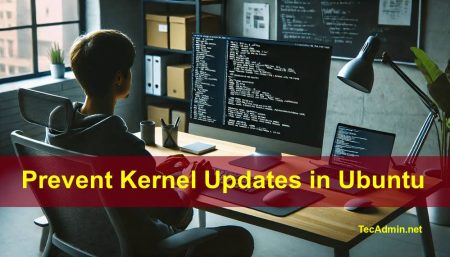Linux, the backbone of many computer systems around the world, is known for its versatility and robustness. An integral part of mastering Linux involves becoming familiar with its package management systems. In this guide, we’ll delve into DNF (Dandified YUM), a next-generation, powerful, and user-friendly software package manager for RPM-based Linux distributions. We’ll discuss how to use it effectively with practical examples and insights.
Understanding the DNF Command
DNF, introduced with Fedora 18, is the default package manager for Fedora, RHEL, and CentOS distributions. It replaced the older YUM (Yellowdog Updater, Modified) due to its superior dependency resolution and simpler codebase. DNF resolves package dependencies more efficiently, handles large metadata for repositories, and supports Python 2 and 3.
Getting Started with DNF
Before proceeding, ensure that DNF is installed on your Linux distribution. Fedora users should already have it installed, while CentOS or RHEL users may need to install it. Always make sure your system is up-to-date before installing new packages.
sudo dnf update
Basic DNF Commands
Here are some common DNF commands with practical examples:
1. Installing a Package
To install a package, use the dnf install command followed by the package name. For example, to install nano, a popular text editor:
sudo dnf install nano
2. Removing a Package
Removing a package is just as straightforward. Use the dnf remove command followed by the package name. For example, to remove nano:
sudo dnf remove nano
3. Updating a Package
To update a specific package, use the dnf update command followed by the package name. To update all packages, simply use dnf update:
sudo dnf update nano# Updates nanosudo dnf update# Updates all packages
4. Searching a Package
To search for a package, use the dnf search command. For example, to search for packages related to Python:
sudo dnf search python
Advanced DNF Commands
DNF also offers more advanced commands:
1. Listing Packages
To list all available packages, use dnf list available. To list installed packages, use dnf list installed:
sudo dnf list availablesudo dnf list installed
2. Checking Package Information
To check detailed information about a package, use the dnf info command:
sudo dnf info nano
3. Checking for Security Updates
Use the –security flag with the updateinfo command to see if there are any security updates available:
sudo dnf updateinfo --security
4. Cleaning DNF Cache
DNF keeps a cache of the package metadata to speed up operations. However, it can sometimes become outdated. You can clean the cache using dnf clean:
sudo dnf clean all
5. Searching DNF hisot
DNF provides the history command as a means to monitor the activities executed by DNF. This can assist in the troubleshooting process should any issues arise:
sudo dnf history
This tool offers an overview of all past actions, helping users identify and resolve any potential problems.
Conclusion
The DNF command in Linux, though easy to use, is a powerful tool when mastered. Its efficient dependency handling and versatile commands make it an invaluable part of any Linux user’s toolkit. Through this guide, we’ve gone over both basic and advanced commands. With this knowledge, you can manage your Linux system’s packages effectively and solve any problems you may encounter.
Remember, practice is key to mastering Linux commands. As always, for more detailed information about the DNF command and its options, refer to the man page by typing man dnf in your terminal. Happy Linux-ing!

